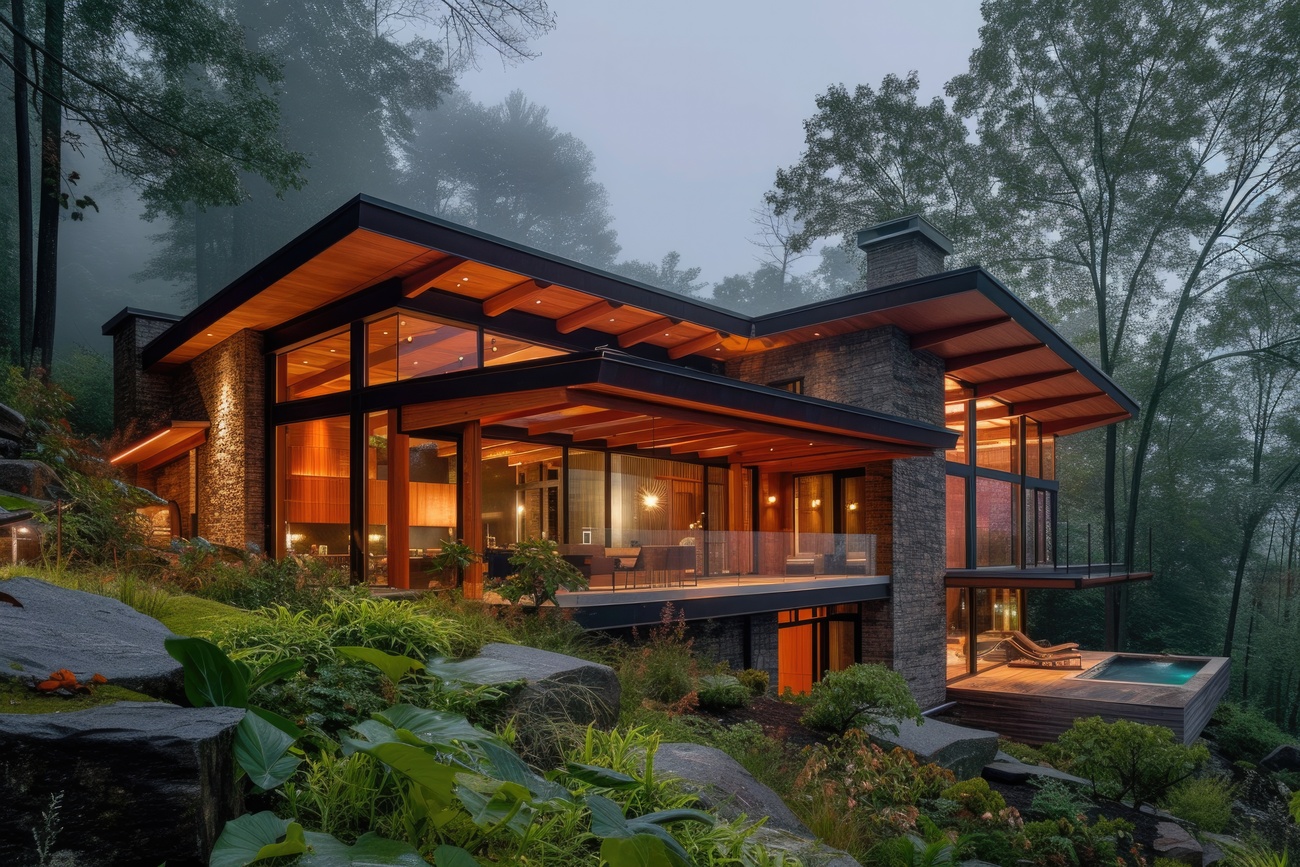
The Co-Living Phenomenon: An Affordable Housing Solution for Young Professionals
In recent years, the concept of co-living has gained significant traction among young professionals, especially in urban centers where housing prices continue to soar. Co-living offers an affordable and flexible alternative to traditional renting by combining private living spaces with shared amenities and community-driven environments.
What Is Co-Living?
Co-living refers to a modern housing arrangement where residents rent private bedrooms within a shared property that includes communal spaces such as kitchens, lounges, and work areas. Unlike traditional shared apartments, co-living spaces are often managed by professional operators who provide services like cleaning, maintenance, and community events.
This model appeals to millennials and Gen Z workers, particularly those seeking affordable housing in major cities without sacrificing convenience or quality of life.
Why Co-Living Is Growing Popular
Affordability
Rising urban property prices and stagnant wages have made solo renting nearly impossible for many young professionals. Co-living reduces costs by spreading expenses for utilities, amenities, and services across multiple tenants.
Flexibility
Co-living spaces often offer short-term leases and easy move-in processes, ideal for digital nomads, freelancers, or those frequently relocating for work.
Community and Networking
Unlike traditional apartment living, co-living fosters a sense of belonging. Shared spaces encourage social interactions and professional networking, which can be particularly valuable for newcomers to a city.
Convenience and Lifestyle
Many co-living developments include modern amenities such as high-speed Wi-Fi, coworking zones, gyms, and communal kitchens. This setup aligns with the lifestyle preferences of young urban professionals who value comfort and social connectivity.
Challenges and Considerations
Despite its advantages, co-living is not without drawbacks. Privacy concerns remain a key issue, as residents share common areas. Additionally, co-living rents can still be relatively high in prime locations, and not everyone adapts well to communal living dynamics.
The Future of Urban Living
Co-living is redefining the concept of urban housing by blending affordability, flexibility, and community. As cities continue to grow denser and housing shortages persist, co-living could become a long-term solution for young professionals seeking balance between cost and lifestyle.
Real estate developers and investors are increasingly recognizing this potential, leading to the rise of purpose-built co-living spaces across major metropolitan areas worldwide. In the coming years, the co-living phenomenon may evolve from a niche lifestyle trend into a mainstream urban housing model.

Date: November 13, 2025
The global property sector is entering 2026 with a complex mix of opportunities and structural challenges. As markets recover unevenly from economic disruptions of the early 2020s, developers, investors, and policymakers must confront new realities shaped by shifting demographics, technological adva ...

Date: November 14, 2025
Buying a house is one of the biggest financial decisions most people will ever make. While many buyers focus on the down payment and monthly mortgage, there are several hidden costs that often catch them by surprise. Understanding these expenses can help homebuyers prepare more accurately and avoid ...

Date: November 15, 2025
For years, many assumed that Gen Z facing rising housing prices, student loans, and economic uncertainty would delay homeownership even longer than millennials. Surprisingly, the trend is shifting. Around the world, more Gen Z adults (typically defined as those born between 1997–2012) are beginnin ...

Date: November 15, 2025
For many people, owning a home remains a major life goal symbolizing stability, security, and long-term financial growth. But with rising property prices, higher living costs, and economic uncertainty, the big question for 2025 is clear: Is buying a house still realistic? The answer depends on sever ...

Date: November 11, 2025
In the fast-paced world of real estate, the digital revolution has completely transformed how properties are marketed and sold. Today’s property agents and developers must adapt to changing consumer behavior, emerging technologies, and online competition. To succeed, real estate professionals need ...
Ala Land Bali — a magical place for the real you
BECOME PART OF THE HISTORY Share your contact details, and our manager will reach out
with full project details

